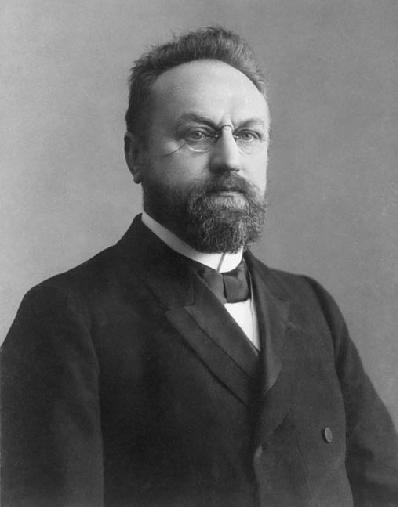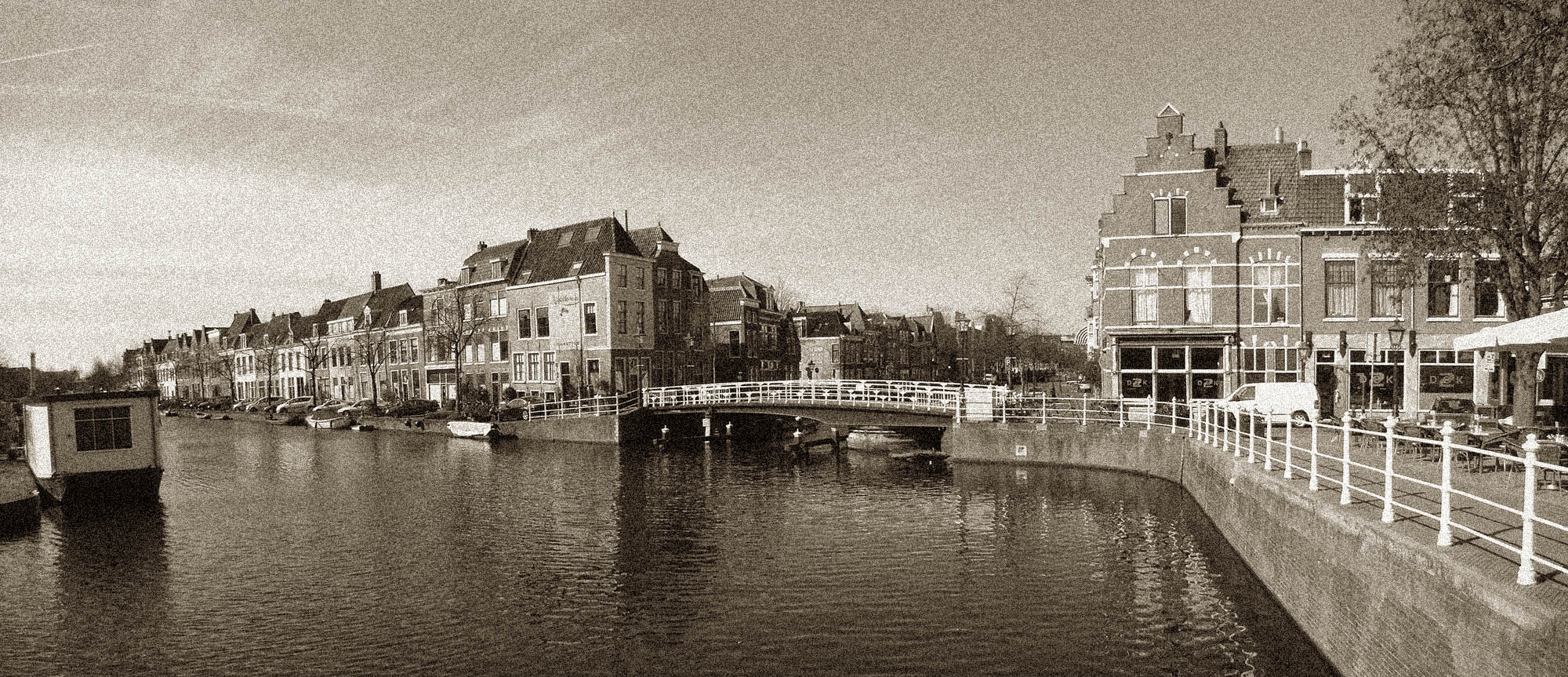Today’s post is by guest-author Rev. Jeff De Boer. Jeff serves in a variety of capacities at Mid America Reformed Seminary–primarily as the Director of Enrollment Management. A great share of his time is spent encouraging the growth and development of the students. Prior to coming to Mid America, Jeff spent 15 years in parish ministry.
Herman Bavinck published his Reformed Dogmatics more than one hundred and ten years ago. At that point his work represented the high mark of more than four hundred years of Dutch theological reflection. Bavinck knew his tradition well—and reading his dogmatics is a wonderful window into the work of the best of those who preceded him.

But reading Bavinck is more than a trip through precise theological distinctions or a recollection of theological history. To understand and appreciate his dogmatics we must pay attention to a pair of key threads that weave through his theology.
First, Bavinck was keenly interested in both orthodoxy and the spirit of his age.
Bavinck and Modernism
Herman was born in 1854 to parents who were active in the theologically conservative Dutch Christian Reformed Church that had left the National Reformed church in the Netherlands about twenty years earlier. His father, in particular, was an influential pastor in the more conservative church. When Herman decided to attend seminary it was natural he would enroll in the Kampen Theological School, the institution belonging to the Dutch Christian Reformed Church.
After a year of study, however, Bavinck decided to transfer to the University of Leiden. Although his father and his church discouraged him from doing so, Bavinck believed he would receive a more scientific education at Leiden and the experience would give him firsthand exposure to modernist theology.
It did. His time at Leiden resulted in what might be described as a life-long healthy tension between his desires to maintain a biblical orthodoxy and to appreciate the modern world—including its worldview and culture. Bavinck was attracted to the this-worldly interest of modernity, particularly in contrast to the piety of the Dutch Christian Reformed Church that was often distracted from concrete concerns by an other-worldly piety.
The way Bavinck works out that tension is particularly helpful for contemporary readers. Consider, for example, Bavinck’s creation theology. At times he affirms modern scientific claims. At other times he challenges or even repudiates what he considers to be contrary to the Scriptures.
Or consider the way he engages philosophical claims carefully and responsibly—Kant, Schelling, Hegel. Many of his points of evaluation remains helpful for contemporary readers. But even more instructive is his willingness to engage new challenges. He resists the temptation to make theological study an exercise in repristination. Instead Bavinck presses into new and contemporary challenges, urging his readers to apply the timeless truths of God’s word to the context in which they live.
Bavinck and Abraham Kuyper
Second, and even more fundamentally, Bavinck sought a synthesis between Christianity and culture. For Bavinck a Calvinist worldview provided the best hope for that synthesis, and he looked to a reformer of a previous generation, Abraham Kuyper, for guidance.
Study Bavinck and Kuyper’s legacies at Mid-America Reformed Seminary — an intentionally small, face-to-face seminary 40 minutes from Chicago.
[maxbutton id=”1″]
Unlike Bavinck, Kuyper grew up in the National Reformed Church of the Netherlands—a denomination that was happy with a moderate-modern approach to theology. Kuyper also attended Leiden, was confirmed in his modernism, and remained so until a dramatic conversion to Reformed orthodoxy while a parish pastor. From that point onward Kuyper became a vigorous opponent to modernism. His this-worldly form of Calvinism was rooted in what he believed to be the dominating principle of Reformed theology: the sovereign Creator God is king over all creation. Therefore Kuyper was opposed to all Anabaptist and ascetic versions of Christianity that encouraged less that full engagement. All spheres of human endeavor—art, business, science, the family, education, politics, do not receive their importance from the church or redemption, but from the law of God the Creator.
But Kuyper did not ignore the radical effect of sin in the creation. He had an equally strong emphasis on the spiritual antithesis. The regenerating work of the Holy Spirit divides humanity into two parts: those who are reformed by the work of Jesus and those who persist in their rebellion against God. And from these two groups of people come two different approaches to the entirety of life. The conflict in science, for example, is not between science and faith. Rather it is a conflict between two approaches to science both rooted in its respective faith.
In Kuyper, then, Bavinck found the unifying principle of his thought: the Christian faith is Trinitarian and creation-affirming. The Father’s creation has been ruined by sin, the Son establishes his rule over all creation by his death, and creation is being renewed through the work of the Holy Spirit. Or to put it more simply, through our God’s work grace restores nature. The world is not abandoned by our God. Rather God has determined to redo what has been undone, curing what is sick, and restoring what has been broken.
Reformed Dogmatics
If you are interested in exploring the fulness of God’s redemptive work which encourages us to engage in God’s world, Bavinck’s Gereformeerde Dogmatiek (Reformed Dogmatics) is a great place to start. Originally only available in Dutch, this four-volume magnum opus has recently been translated beautifully into English, thanks to the work of the Dutch Reformed Translation Society, John Vriend, and editor John Bolt.

